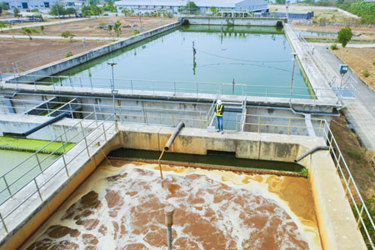No Laughing Matter: Cause Of Nitrous Oxide In Wastewater Treatment Discovered

Most wastewater treatment plant (WWTP) professionals know that nitrous oxide (N₂O), also known as laughing gas, is released from tanks during nutrient removal processes. This potent greenhouse gas is produced by the organisms that clean the water. The exact amount of laughing gas emissions change throughout the day and year, peaking in colder seasons. For years, the reason for this variation has been unknown, which has made it difficult to control.
Recently, researchers working with Dutch Water Authorities believe they have come closer to an answer. According to a paper published in Nature Water, researchers spent two years studying the microbial communities and how plant operations affected emissions. Their findings indicated that laughing gas emissions are strongly linked to periods when nitrite builds up in the system.
Nitrite is an intermediate compound formed during the process of removing nitrogen from wastewater. It accumulates when the balance between the different types of nitrogen-removing bacteria is off, which can occur if the bacteria that convert ammonia into nitrite work faster than the bacteria that convert nitrite into nitrate.
Get unlimited access to:
Enter your credentials below to log in. Not yet a member of Water Online? Subscribe today.
